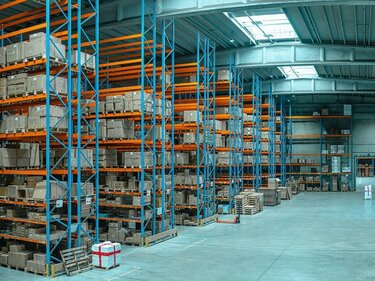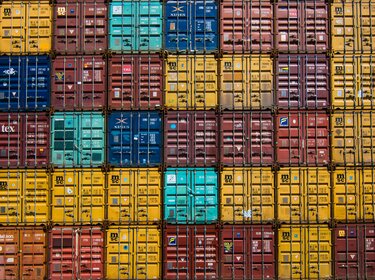A secure and sustainable supply of critical raw materials is key for a successful green and digital transition of the European Union. In addition, it is paramount in strengthening EU resilience and security. In light of a growing global demand for raw materials and rising geopolitical challenges, the EU must realign its raw material policy which is currently based on a strong dependence on raw material suppliers from a few countries. The proposed regulation aims to reduce this dependency by encouraging the diversification of sources and suppliers of critical raw materials, both within the EU and of third countries. At the same time, improved security and affordability of critical raw material supplies must go hand in hand with increased efforts to mitigate any adverse impacts with respect to labour and human rights as well as environmental degradation. We therefore highly welcome that the proposal stipulates binding requirements on responsible and sustainable extraction and processing of critical raw materials. For a successful implementation of the Critical Raw Materials Act, the EU legislator should not only focus on establishing comprehensive requirements, but also on ensuring that the requirements are effectively complied with. We strongly welcome that the proposal assigns an important role to independent third parties assessing compliance with social and environmental obligations for critical raw materials. Independent third-party assessments can create the necessary confidence in the suppliers’ declarations within the critical raw materials lifecycle, thereby supporting companies and authorities, creating transparency for consumers and, ultimately, contributing to a more equitable and sustainable world.
Download
EU Commission Proposal for a Critical Raw Materials Act (COM(2023) 160)



